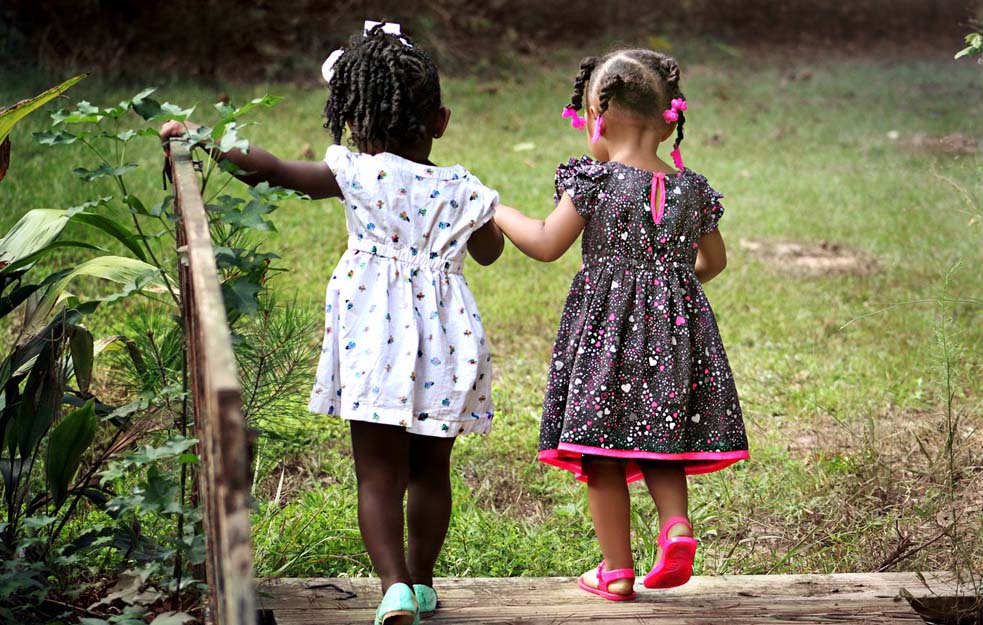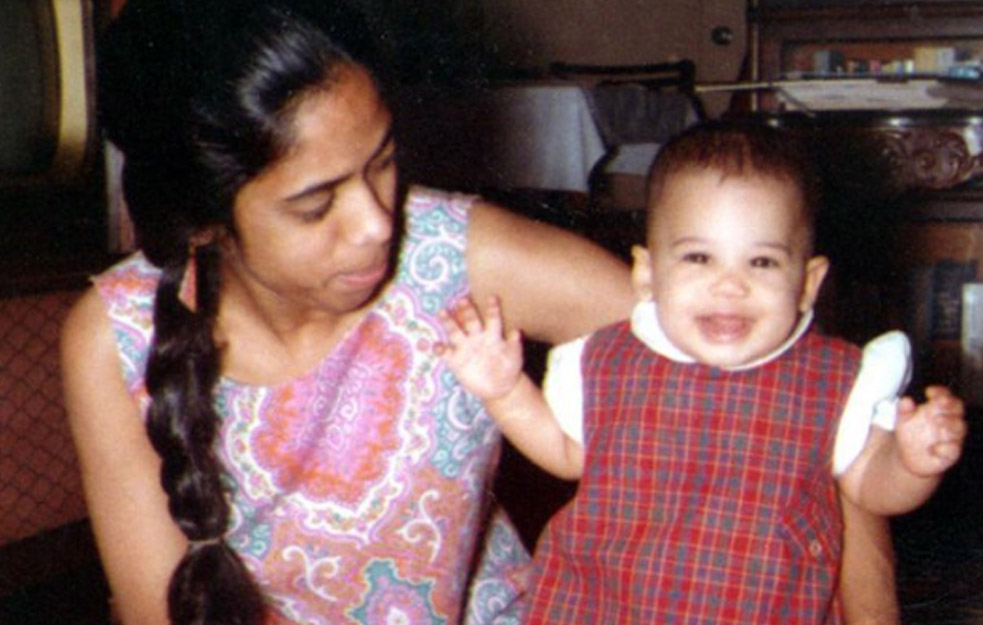The Modern Family: Whats Changed and Whats stayed the Same
In todays world, the modern family has changed in many ways. But some things have stayed the same. What has changed in the role of fathers, mothers and children in the modern family?
The changing role of the father
In the past, fathers were typically the primary breadwinners while mothers stayed at home to raise the children. Today, many mothers also work outside the home, and fathers are more involved in child-rearing. The traditional father figure as the head of the household is no longer as prevalent, and families are more likely to make decisions together. Fathers are also more likely to take on domestic tasks such as cooking and cleaning, and to be involved in their childrens lives at school and extracurricular activities.
The changing role of fathers has had a profound impact on families. In the past, fathers were often seen as the head of the household and the primary breadwinner. Today, however, many mothers also work outside the home, and fathers are more involved in child-rearing. The traditional father figure is no longer as prevalent, and families are more likely to make decisions together. Fathers are also more likely to take on domestic tasks such as cooking and cleaning, and to be involved in their childrens lives at school and extracurricular activities.
The changing role of fathers has been a positive change for families. In the past, fathers were often seen as the head of the household and the primary breadwinner. Today, however, many mothers also work outside the home, and fathers are more involved in child-rearing. The traditional father figure is no longer as prevalent, and families are more likely to make decisions together. Fathers are also more likely to take on domestic tasks such as cooking and cleaning, which has led to stronger relationships between fathers and their children.
1cent_ Penny Price Seithel
26 today!! 🎉💙 Loved celebrating together @nateseithel We’re so thankful for you — your life as husband, Dad and son! Your passion for pursuing the best, stepping outside your comfort zone, and making dreams happen is inspiring! Can’t wait to watch this next year unfold in all He has for you and your family! We love you so Xx.
Прикажи ову објаву у апликацији Instagram
The changing role of the mother
The role of mothers has changed dramatically in recent decades. In the past, they were primarily responsible for homemaking and child-rearing, but now they are more likely to be the primary breadwinner or caretaker in their households. This change has resulted in less time spent with children, but mothers are still supportive of their families.
The change in the role of mothers has been driven by a number of factors, including the increasing participation of women in the workforce and the declining birth rate. In the past, it was more common for women to stay at home to raise their children, but now many women work outside the home. This change has been made possible by a number of factors, including advances in technology that have made it easier to care for children from a distance and an increase in affordable child care options.
The changing role of mothers has had a profound impact on families. In the past, mothers were typically responsible for all domestic tasks, such as cooking and cleaning, as well as child-rearing. Now, fathers are more likely to take on domestic tasks and to be involved in their childrens lives at school and extracurricular activities. This change has led to stronger relationships between fathers and their children.
The changing role of mothers has also had an impact on the way families spend time together. In the past, families would typically sit down for dinner together every night. Now, with both parents working outside the home, families are more likely to eat dinner separately or on the go. However, despite these changes, family dinner is still an important tradition for many families.
Overall, though there have been some challenges that come along with this societal shift; such as less time spent with children; The changing role of mothers has had both positive and negative impacts on families. While moms now have more opportunities to pursue their own careers and interests Outside The Home, they also have less time to spend with their children inside it. However, most families have adapted to these changes and remain supportive of one another through thick and thin.
The changing role of the children
The role of the child in the family has changed dramatically in recent years. In the past, children were seen as miniature adults and were not given much agency in their own lives. However, this has changed dramatically in recent years, with children now being treated as individuals with their own needs and desires. As such, they are given more freedom to express themselves and their opinions are taken into account when decisions are made about the family. This has resulted in the role of the child in the family changing from that of a passive observer to that of an active participant.
The increased focus on the individual needs of children has led to a change in the way that families operate. In the past, families were often hierarchical, with parents making all the decisions and children following their lead. However, this is no longer the case, as families are now more likely to make decisions together. This change has been beneficial for both parents and children, as it allows for open communication and negotiation between family members. It also allows children to have a say in what goes on in their lives, which can help them feel more secure and loved.
The increased focus on individual needs has also led to changes in the way that parents interact with their children. In the past, parents often used physical punishment to discipline their children. However, this is no longer considered acceptable, as it can be harmful to both physical and mental health. Instead, parents are now more likely to use positive reinforcement such as praise or rewards when their children behave in ways that they approve of. This change has been beneficial for both parents and children, as it helps to build strong relationships based on mutual respect
The one constant: the family dinner
The family dinner is a tradition that has been passed down through generations, and is an important part of family life. The family dinner allows families to come together and bond over a shared meal, and is a time to catch up on the days events and share stories. The family dinner can also be a time to relax and enjoy each others company, and is a time to reconnect with loved ones who live far away.
How the modern family has changed the face of television
The modern family has changed the face of television in a number of ways. Families are now more diverse, with different cultural and economic backgrounds represented. Families are also shown dealing with more modern issues, such as working mothers and fathers, same-sex couples, and stepfamilies. Finally, families are generally more affluent on television than in the past.
The increased representation of diverse families on television is a reflection of the changing demographics of the United States. In 2010, minorities made up 37% of the population, and this figure is expected to increase to 50% by 2050. The increased representation of minorities on television is important because it allows all viewers to see themselves reflected in the stories being told.
Families are also shown dealing with more modern issues on television than in the past. Working mothers and fathers are now a common sight on shows like Modern Family, Black-ish, and Fresh Off the Boat. Same-sex couples are also being represented more frequently on television, as seen on shows like The Fosters and Brooklyn Nine-Nine. And finally, stepfamilies are becoming more common on television, as seen on shows like This Is Us and One Day at a Time.
The increased representation of modern families on television is important because it helps to normalize these families for viewers who may not be familiar with them. It also allows viewers to see that these families are just like any other family, with all of the same joys and challenges.
Finally, families on television are generally more affluent than in the past. This is most likely due to the fact that advertising dollars have shifted from network television to cable and streaming services in recent years. As a result, networks can no longer afford to produce shows that appeal to a wide range of viewers. Instead, they have to focus on producing shows that will attract a wealthy audience that is willing to pay for cable or streaming subscriptions.
While the increased affluence of families on television may be troubling for some viewers, it is important to remember that these stories are still just stories. They do not reflect the reality for most families in the United States. However, they can still be enjoyable and entertaining for viewers who want to escape their own reality for a little while




















